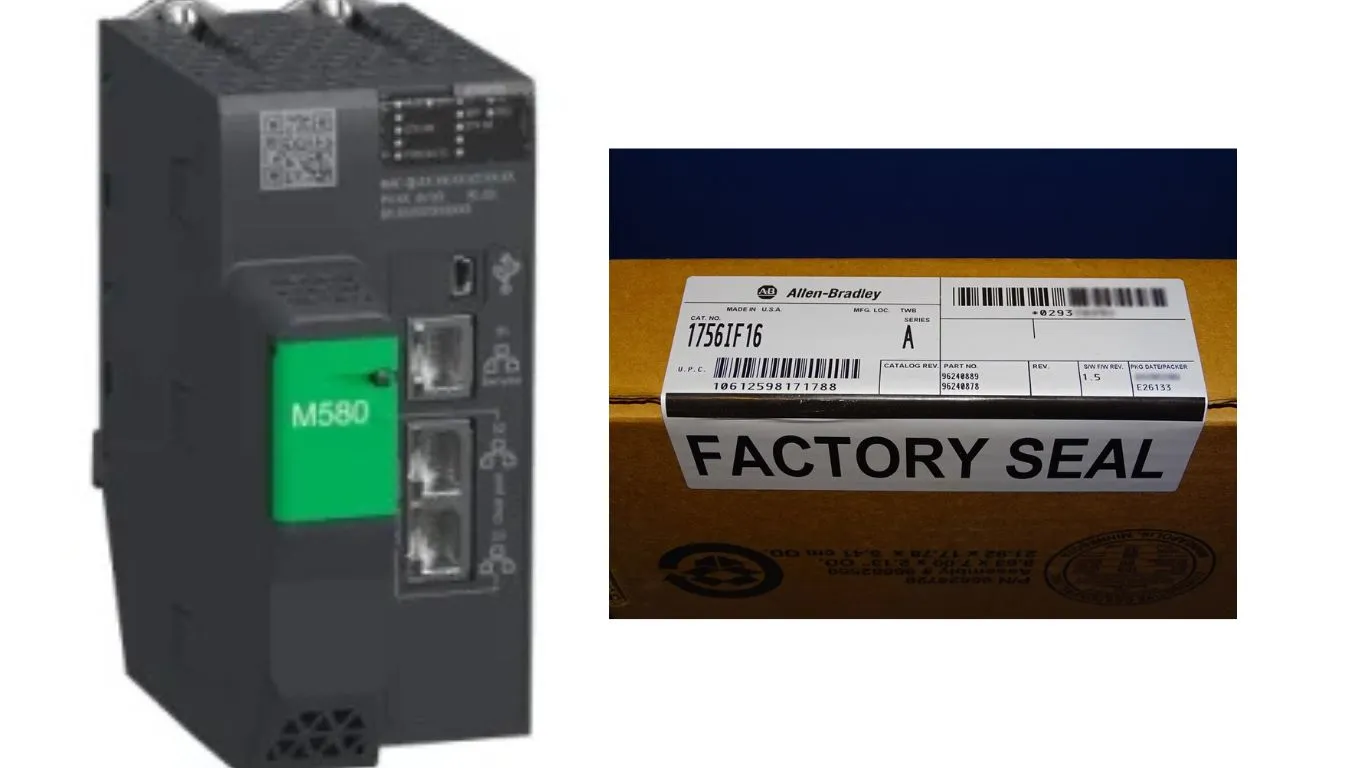Programmable sense regulators( PLCs) are the backbone of ultramodern artificial robotization systems. They control ministry, processes, and product lines, icing effectiveness and perfection. still, like any critical outfit, PLCs bear regular conservation and adherence to safety protocols to operate reliably. In this composition, we’ll explore stylish practices for PLC conservation and safety, with a focus on factors like the 1756- IF16A analog input module and the BMEP581020 power distribution unit.
Why PLC conservation Matters
PLCs operate in demanding surroundings, frequently exposed to dust, humidity, temperature oscillations, and electrical hindrance. Without proper conservation, these conditions can lead to system failures, expensive time-out, and safety hazards. Regular conservation ensures
trustability harmonious performance of PLC systems.
Life Extended lifetime of factors like the 1756- IF16A and BMEP581020.
Safety Reduced threat of accidents or outfit damage.
Crucial conservation Practices for PLC Systems
Regular examination and drawing
check the 1756- IF16A module for signs of wear and tear, erosion, or loose connections.
Clean dust and debris from the BMEP581020 power distribution unit to help overheating.
Use compressed air oranti-static cleaning tools to avoid damaging sensitive factors.
Check Wiring and Connections
insure all wiring is secure and free from damage.
corroborate that the 1756- IF16A analog input module is duly connected to detectors and bias.
check terminal blocks and connectors in the BMEP581020 for signs of wear and tear or overheating.
Update Firmware and Software
Regularly modernize the firmware of your PLC system to profit from bug fixes and performance advancements.
insure comity between the 1756- IF16A module and the PLC software.
Monitor System Performance
Use individual tools to cover the performance of the 1756- IF16A and other factors.
Check for abnormal readings, similar as shifting analog signals, which may indicate a problem.
Review system logs for crimes or warnings related to the BMEP581020 or other modules.
Test Provisory Systems
Regularly test backup power inventories and redundancy features to insure they serve during extremities.
corroborate that the BMEP581020 power distribution unit is delivering harmonious voltage to the PLC system.
Safety Practices for PLC conservation
1. Follow Walkout/ Tagout( LOTO) Procedures
Always dissociate power before performing conservation on the PLC system or factors like the 1756- IF16A.
Use walkout/ tagout bias to help accidental power restoration.
2. Use Proper particular Defensive outfit( PPE)
Wear insulated gloves, safety spectacles, and defensive apparel when working on PLC systems.
insure the work area is free from hazards, similar as exposed cables or wet shells.
3. relate to Manufacturer Guidelines
Consult the stoner primers for the 1756- IF16A and BMEP581020 to understand their specific conservation and safety conditions.
Follow recommended procedures for installation, estimation, and troubleshooting.
4. Train Personnel
insure all conservation labor force are trained in PLC system operation and safety protocols.
give specific training on handling factors like the 1756- IF16A and BMEP581020.
Common Issues and Troubleshooting
1756- IF16A Analog Input Module
Issue Inaccurate or shifting analog signal readings.
result This issue frequently stems from loose connections, damaged wiring, or defective detectors. Begin by examining the wiring and icing all connections are secure.However, recalibrate the module or replace the detector if necessary, If the problem persists.
Issue Module not communicating with the PLC.
result corroborate that the module is duly configured in the PLC software. Check the power force to insure the module is entering acceptable voltage.However, check the backplane connection or consider replacing the module, If the issue continues.
BMEP581020 Power Distribution Unit
Issue Overheating or inconsistent power affair.
result Overheating is frequently caused by dust buildup, poor ventilation, or loose connections. Clean the unit completely, insure proper tailwind, and strain all electrical connections.However, check the internal factors for damage, If the problem persists.
Issue Failure to deliver power to connected bias.
result Check the circuit combers and fuses to insure they are n’t tripped or blown. check the wiring for any signs of damage or disconnection.However, it may bear professional servicing or relief, If the unit still fails to deliver power.
By addressing these common issues proactively and following the troubleshooting way, you can insure the smooth operation of your PLC system and its factors. Always relate to the manufacturer’s guidelines for specific troubleshooting procedures and safety preventives.
Conclusion
Proper conservation and safety practices are essential for the dependable operation of PLC systems and their factors, similar as the 1756- IF16A analog input module and the BMEP581020 power distribution unit. By following these stylish practices, you can minimize time-out, extend the lifetime of your outfit, and insure a safe working terrain.
Regular examinations, adherence to safety protocols, and staying streamlined with manufacturer guidelines will help you get the most out of your PLC system. Flash back, a well- maintained PLC system is the key to effective and safe artificial robotization.
